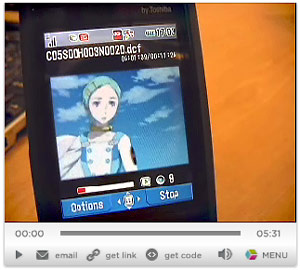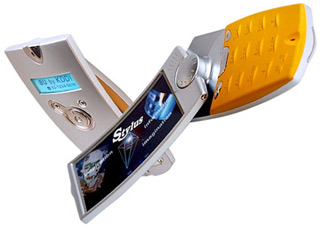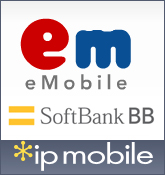3G Network Limitations Define Mobile TV
 It’s rare for WWJ editors, a jaded bunch, to get too excited about new service announcements, but on 6 December, we jumped on this fresh Vodafone press release that seemed to herald the emergence of the rather cool, made-in-Japan ‘Vodafone Live! BB’ (BB= broadband) music- and video-download service into the Group’s European markets. Vodafone live! BB uses the ‘i-Pod model’ to get large media files onto mobile phones, avoiding network traffic fees and should be, we have always thought, a no-brainer for export to Vodafone Opcos outside Japan. Don’t mobilers everywhere want to save on packet/data fees and get audio and DVD-quality video onto their handsets?
It’s rare for WWJ editors, a jaded bunch, to get too excited about new service announcements, but on 6 December, we jumped on this fresh Vodafone press release that seemed to herald the emergence of the rather cool, made-in-Japan ‘Vodafone Live! BB’ (BB= broadband) music- and video-download service into the Group’s European markets. Vodafone live! BB uses the ‘i-Pod model’ to get large media files onto mobile phones, avoiding network traffic fees and should be, we have always thought, a no-brainer for export to Vodafone Opcos outside Japan. Don’t mobilers everywhere want to save on packet/data fees and get audio and DVD-quality video onto their handsets?


 Warner Music Japan and KDDI Corp. have announced an agreement which will allow access to what is billed as the world’s first mobile music bundle: a package of audio, video, graphic and text content in a single, downloadable file. The service is available on au’s CDMA 1X WIN network and launched on 1 December with Sean Paul’s Za Trinity album. The partners’ press announcement [
Warner Music Japan and KDDI Corp. have announced an agreement which will allow access to what is billed as the world’s first mobile music bundle: a package of audio, video, graphic and text content in a single, downloadable file. The service is available on au’s CDMA 1X WIN network and launched on 1 December with Sean Paul’s Za Trinity album. The partners’ press announcement [ The latest models from KDDI’s
The latest models from KDDI’s  Back in 1999, when I was editing Computing Japan magazine, we ran an article entitled “
Back in 1999, when I was editing Computing Japan magazine, we ran an article entitled “